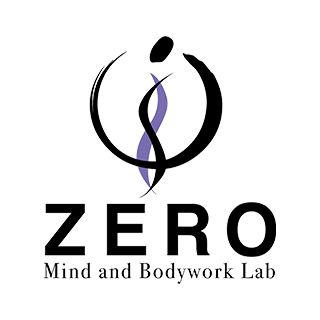はじめに
Hello, I’m Hidefumi Otsuka, offering Rolfing sessions in Shibuya, Tokyo.
Since last week (starting from April 8, 2025), I have been participating in the Advanced Training (AT) organized by the Japan Rolfing Association in Ichigaya, Tokyo.

The instructors are Ray McCall and Hiroyoshi Tahata. The training is held from Tuesday to Friday over three weeks, and as of today (April 16), we have completed the sixth day.
One of the main topics revisited in this AT is the framework of Rolfing theory systematized by Jeff Maitland. In this post, I would like to introduce Jeff Maitland’s philosophy, with a focus on perspectives that are practically useful for Rolfers.
Who is Jeff Maitland?
Jeff Maitland is a Rolfer with a background in philosophy, having taught at Purdue University.
He is particularly known for incorporating the ideas of phenomenology and Zen philosophy into Rolfing.
His great contribution is that he made Rolfing possible not by relying on fixed protocols, but by working based on “principles.”
Ray McCall introduced Maitland by saying:
“Maitland deconstructed the Ten Series created by Dr. Ida Rolf and elevated it into principles.”
5つの原理・原則(Principles)
Maitland organized the following five principles (the last, CLOSURE, was co-developed with Pedro Prado):
- WHOLISM
— View the body not as separate parts, but as an integrated system. - SUPPORT
— Encourage structures to achieve self-support. - ADAPTABILITY
— Facilitate flexible adaptation to the environment. - PALANTONICITY
— Observe the balance between opposing forces, such as up/down and inside/outside. - CLOSURE
— Bring closure to a process and allow transition to the next phase.
By understanding these principles, the larger purpose of Rolfing — the integration of the body — becomes clear, going beyond just performing techniques.
Why Was “Deconstruction” Necessary?
Originally, in AT, there was a fixed recipe for the Advanced Series:
- Returning the body to the LINE (the vertical axis)
- Placing the body into the Z-position or C-position
- Organizing the HINGES (knees, elbows, shoulders)
It should be noted that these protocols were not created by Ida Rolf herself, but by Peter Melchior and Emmett Hutchins.
According to Ray:
“If you cling to these fixed procedures, there is a risk of burdening the client too much.”
Maitland found a problem here and guided Rolfers toward a non-formulaic style,
building sessions based on principles adapted to each individual client.
What is Observation (Seeing)?
What Jeff emphasized most strongly was the development of observation skills (Seeing).
The key point is:
“It’s not merely about seeing with the eyes.
It’s about listening to the body with the entire sensory apparatus.”
He advocated obtaining information through the Somatic Sensorium — a full mobilization of sensory faculties.
Ray also said:
“‘Seeing with your own eyes’ can lead to misunderstanding.
True observation involves receiving information with the whole body.”
Thus, activating multidimensional senses — such as:
- Seeing
- Feeling
- Listening
- Perceiving the quality of movement
— is the true way to cultivate observation skills.
How to Apply This in Rolfing Sessions?
In AT, we learned that to apply this concept during sessions, we should focus on:
Responding individually without being bound by protocols
(Not fixing the session flow, but performing only what is necessary.)
Using the Somatic Sensorium to perceive
(Rather than “trying to see,” we “open up and receive.”)
Building sessions based on principles
(Identify what the client truly needs — Support, Wholism, Adaptability.)
Conclusion
Jeff Maitlandがロルフィングにもたらした最大のギフトは、
「固定されI realized that the greatest gift Jeff Maitland brought to Rolfing is:
“Opening the path to freedom from fixed forms, and returning to the essence.”
It is about going beyond technical skills to:
- Trust the self-organizing ability that exists within the client,
- Sharpen one’s own sensory perception,
- Lead toward deeper integration.
I myself had not been very conscious of this approach before,
so from now on, I would like to deepen this way of being in the process of providing sessions.
